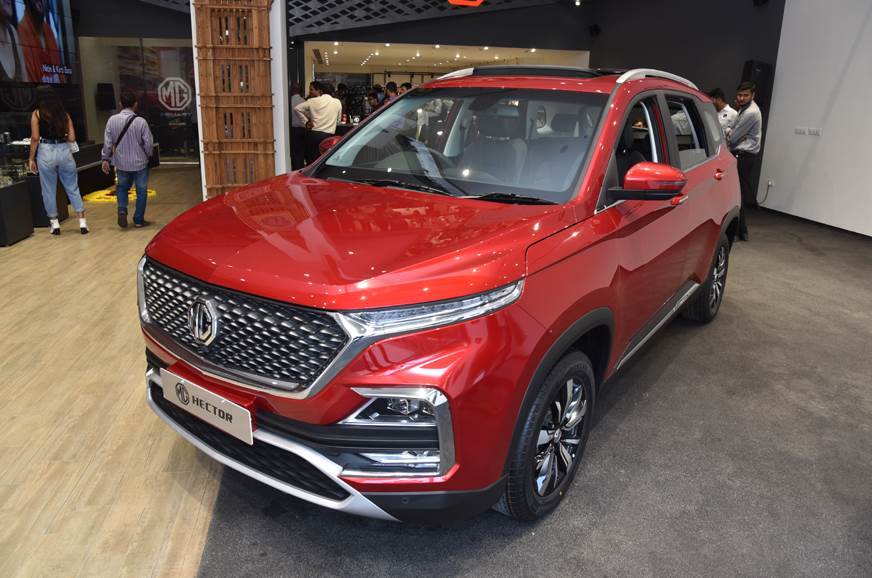German luxury carmaker Mercedes-Benz believes there's a possibility that more of its future models could be assembled locally, thanks to the Indian government's decision to relax the norms for imported vehicles. The move allows carmakers to import 2,500 passenger vehicles a year without requiring them to be homologated in India. As a result, automakers can bring them to our market with little or no investment, gauge consumer demand and accordingly make a decision on local assembly.
"The rule can be an entryway for local assembly, eventually. We can bring models with limited efforts (investment) and see how the market responds. In principal, it’s an opportunity to explore the market with reduced efforts and I’m very confident that this is a good model to help us to explore other opportunities as well," Martin Schwenk, MD & CEO, Mercedes-Benz India told Autocar India in an interview.
Mercedes recently launched the V-class luxury MPV in India, which has also benefitted from the relaxed norms. "With the V-class, we could shorten the time for introduction to the market. Apart from time, it also saved us some homologation cost," Schwenk said. While the cars don't have to be homologated locally, they still need to be compliant with international testing standards such as the EEC, ECE or Japanese norms.
At present, the carmaker locally assembles nine models at its plant in Chakan, Pune. These comprise the Mercedes-Maybach S 560, S-class, E-class, C-class, CLA, GLA, GLE, GLC and the GLS.
IN CONVERSATION WITH MARTIN SCHWENK, MD & CEO, MERCEDES-BENZ-INDIA
What are your expectations with the newly launched V-class?
We have created a new segment in India with the V-class. Thanks to the versatility of the luxury MPV, big families can travel in luxury and customers can conduct business meetings as well.
Mercedes-Benz India has had a pretty flat year but you've sustained your market share as well. With sales of over 15,000 units, do you feel you have hit the limit?
I’m absolutely convinced we have not hit the limit. I personally believe the long-term trend is completely unbroken. We will see the luxury and the overall passenger car market grow over the next few years. Although, in the short term, there could be some weakness and the first-half of 2019 could be slow, but the long-term trend is still intact.
What's the strategy for further investments?
Currently, we have a production capacity of 40,000 cars and the manufacturing facility now carries an investment of Rs 2,200 crore. Having said that, I think we still have to invest, but that’s more on localising products, which we’ll continue to do towards new models that require adjustments, tooling modifications, robotics, etc. But we are satisfied with the current capacity.
You’ve been the first to adopt BS-VI, but now with it becoming a standard, is there any opportunity in terms of products being more streamlined globally and coming faster to the market?
Definitely. I think it always helps to be aligned; it makes everything in line with global standards and that is definitely an advantage. We will continue to tap into our global portfolio to see what is available to us and, depending on the demand, introduce new models on a relatively short notice.
Also see:
In conversation with Martin Schwenk, MD and CEO, Mercedes-Benz India video
2019 Mercedes-Benz C 200 petrol review, test drive
Luxury car market feels the sting of a challenging 2018
from Autocar India http://bit.ly/2Sfa6QK
via IFTTT

Hey...Great information thanks for sharing
ReplyDeleteMercedes-Benz India
Martin Schwenk